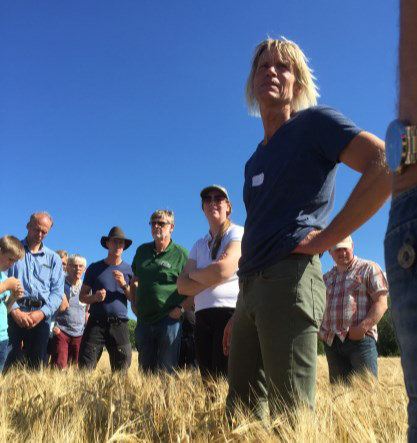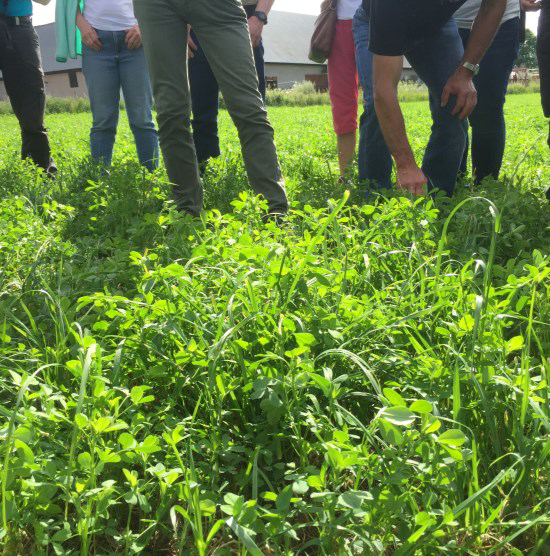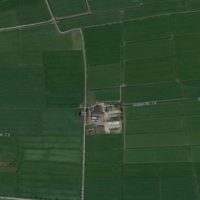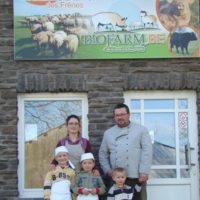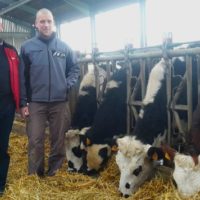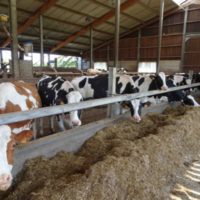Description
Lucerne, quick sowing, less soil compaction and drainage control as a drought strategy
When establishing ley, it is crucial to retain soil moisture. On this farm, the goal is to have no more than half a day from till-age start on ploughed ground until sowing is finished. The solution is a harrow fitted with a mounted small seeder. After harrowing, Åke uses a centrifugal fertiliser spreader for sowing barley. Then he harrows to 3 cm depth and rolls in one pass, and after this sows the ley using the same machinery. This al-lows a quick job, 6 hectares in four hours.
Lucerne is an important part of the farm’s drought strategy. When well established, the ley often ends up as more or less a pure stand of lucerne. Inoculation was crucial at the start of lucerne cultivation many years ago, and is still part of the strategy. Mild weed control using Bentazone in a low dose is possible by timing the application well. Weeds must be no larger than a thumb nail. Controlled traffic farming (CTF) saves the legumes. The wheel tracks are clearly obvious.
Drainage control is beneficial. “A ley must not dry out before 30 April.” Åke minimises unnecessary drainage by soil dams in open ditches. Harvesting strategy is also important. When drought is severe, immediate harvest saves the plants from damage.
Reason for the innovation
A drought strategy is crucial for good economic results
The harrow-mounted small seeder has been in use for six years. It was designed for this farm, to achieve quicker ley establishment and avoid drying out the soil. In the past lucerne was used in pure stand, but now it is mixed with the grass to control weeds. The drainage level is controlled using soil dams every 300–500 m in open ditches. These can be removed in heavy rain-fall or before a winter crop.
Farm description
Environment
- Soil types: Sand, till and peat soils
- Climate: Temperate continental climate. Drought is common
- Altitude: 44 m a.s.l
- Slope: 0 %
- The farm is situated in Öland, south-east Sweden.
Grassland management
- Grazing: Yes, strip grazing
- Temporary grassland based on red clover, lucerne, perennial ryegrass and meadow fescue. Harvested as silage with four cuts a year.
Structure
- Annual Work Unit: 5
- 250 ha arable land area, of which
- 100 ha temporary grassland area
- 30 ha semi-natural grassland area
- Maize and barley are also grown
Animal performance
- 320 dairy cows (Swedish Red and Holstein), producing 10,500 kg milk per year.
Why it is working
Åke’s drought strategy can work everywhere in this area where soil types are prone to drought. Maintaining moisture is crucial for good establishment of the small seedlings of grass and legume. Every effort to retain soil moisture is important. Inoculation is important for a secure lucerne establishment. The lucerne seed must be inoculated first and then mixed with the other components of the seed mixture. Åke uses a concrete mixer for inoculation of the lucerne seed and mixes the rest on the ground on a plastic sheet.
